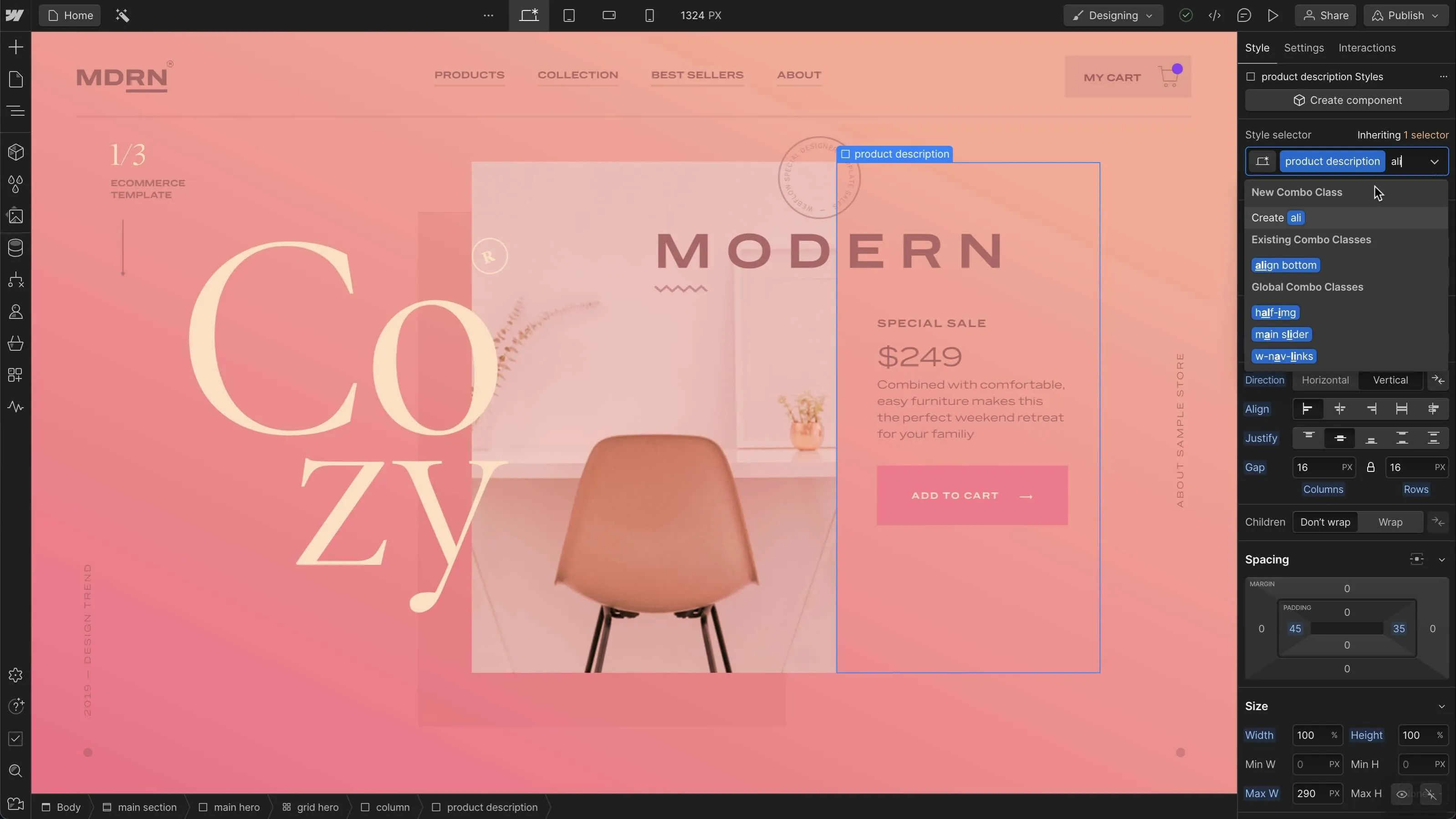A Thorough Guide to Understanding the Crucial Element That Add To Successful Internet Style in Today's Digital Landscape
In today's swiftly progressing digital landscape, the details of successful internet design need cautious consideration of numerous foundational elements. From the crucial nature of receptive style to the nuances of effective web content approach, each part plays a pivotal function in boosting customer experience and engagement.
Significance of Responsive Layout
In today's electronic landscape, the importance of responsive style can not be overemphasized. As customers increasingly access sites with a selection of tools, consisting of smartphones, tablets, and desktops, a site's capability to adjust its format and capability to different screen sizes is important. Receptive style improves customer experience by guaranteeing that material is conveniently legible and accessible, despite the gadget being utilized.
Trick Concepts of User Experience
Receptive design lays the foundation for a positive customer experience, which is influenced by numerous essential concepts that direct reliable web layout. One of the leading principles is simpleness, where a clean and minimalist interface permits users to browse the site effortlessly. This is matched by instinctive layout, which guarantees that customers recognize functional components without confusion.
One more critical element is accessibility, making sure that all customers, no matter their capabilities, can connect with the site. This includes using understandable typefaces, contrasting shades, and alternative text for photos. In addition, the principle of consistency throughout numerous web pages helps users develop knowledge with the website, enhancing their overall experience.

Navigational Structure and Functionality
An efficient navigational framework is vital for improving use on a site, as it directly affects exactly how conveniently customers can find info and achieve their goals. A clear hierarchy enables individuals to with ease recognize the format of a website, facilitating smoother navigation and lowering frustration.
Efficient navigation needs to include a rational collection of related web content, which assists users situate details promptly. Applying main, additional, and tertiary navigation menus can develop a seamless experience, assisting users via various levels of web content without overwhelming them. Consistency in navigating layout throughout all web pages is essential; individuals need to always know where they are and exactly how to go back to previous areas.
Moreover, using detailed tags for navigating links is important. Individuals must have the ability to predict the material of a web page based entirely on the web link message. Look functionality likewise improves functionality, permitting users try this site to bypass the navigation framework altogether if required.
Finally, mobile responsiveness needs to be considered, as a considerable portion of web website traffic comes from mobile phones. A navigational framework that adjusts to different display sizes will make sure use remains high, regardless of the system.
Visual Elements and Branding
Reliable aesthetic aspects and branding are important components of internet style, as they not only share the identification of a brand but also boost individual interaction. A natural visual identity, identified by regular use of colors, typography, and images, establishes recognition and cultivates count on among site here users.
Picking suitable font styles that line up with the brand name's individuality can boost the Read Full Article message and improve customer experience. They must be relevant, engaging, and enhanced for quick filling to keep individual interest.

Material Strategy and Interaction
Establishing a durable content strategy is essential for driving user involvement and fostering significant interactions on a website. A well-defined content approach lines up with company objectives while addressing the demands and choices of the target audience. It encompasses numerous aspects, including web content development, curation, distribution, and evaluation, guaranteeing that the website continues to be appropriate and valuable.
Reliable material needs to be customized to resonate with customers, utilizing a mix of layouts such as posts, videos, infographics, and interactive functions. This variety not just catches attention yet likewise deals with diverse discovering styles and preferences. In addition, utilizing search engine optimization finest techniques improves presence, drawing natural traffic to the website.
Engagement is more amplified via the integration of user-generated web content, social sharing options, and contacts us to action that motivate communication. By cultivating a sense of area and dialogue, web sites can cultivate loyalty and motivate repeat visits.
Finally, continual analysis of individual involvement metrics enables continuous optimization of web content strategy, making sure that the internet site adapts to evolving individual demands and choices (web design). In the competitive digital landscape, a tactical technique to web content is critical for continual success
Verdict
In conclusion, successful website design in today's electronic landscape depends on a complex strategy that integrates responsive design, user experience principles, intuitive navigation, cohesive visual branding, and a tactical content framework. Each of these aspects plays a crucial role in improving individual involvement and satisfaction. By prioritizing these key elements, web sites can properly fulfill company goals while promoting meaningful links with their audience, inevitably contributing to sustained success in an increasingly competitive on-line setting.